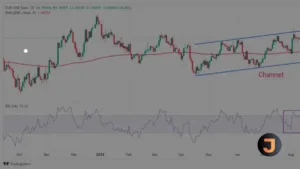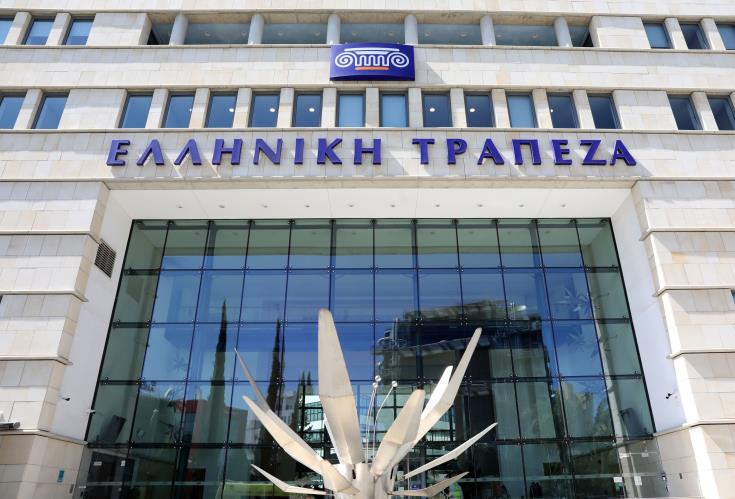Puerto Rico’s Tax Competitiveness Under Threat from Pillar Two
Puerto Rico, a US territory with limited autonomy in setting its tax policies, is facing significant challenges due to Pillar Two, the global tax agreement aiming to establish a 15 percent minimum tax rate on corporate income. This new global standard threatens Puerto Rico’s long-standing strategy of attracting multinational corporations through lower taxes.
Pillar Two’s implementation could compel Puerto Rico to increase its tax rates, which would undermine its competitive edge. If Puerto Rico maintains its current tax laws, other countries will tax income sourced in Puerto Rico, diminishing the value of Puerto Rican tax incentives without benefiting the Puerto Rican government financially. This scenario could lead to a decrease in global corporate investment on the island.
Puerto Rican lawmakers have been working on legislative changes to adapt to Pillar Two but have yet to pass comprehensive tax reform. The most recent legislative session ended on June 30, 2024, without a finalized bill. This delay highlights the complexities of conforming to Pillar Two while balancing development strategies and navigating internal and external constraints.
History of Puerto Rico’s Tax Strategy
Historically, Puerto Rico has used low corporate income taxes to attract investment, particularly in the pharmaceutical and manufacturing sectors. However, this strategy has been inconsistent due to unstable federal policies and fiscal challenges. For instance, Section 936 of the federal tax code, which provided significant tax credits to companies operating in Puerto Rico, was phased out between 1996 and 2006, contributing to the island’s fiscal troubles.
Efforts to consolidate corporate taxpayers under unified systems have been complicated by these external factors. For example, Act 154 imposed a 4 percent excise tax, which was later replaced by a 10.5 percent income tax regime known as Act 52. These transitions were elective to avoid breaching contracts with individual corporate taxpayers.
Impact of Pillar Two on Puerto Rico
Pillar Two introduces three taxes to enforce a 15 percent minimum rate on large global companies: the Qualified Domestic Minimum Top-Up Tax (QDMTT), the Income Inclusion Rule (IIR), and the Undertaxed Profits Rule (UTPR). Puerto Rico will first feel the impact through the IIR, particularly from European companies, as the EU has adopted this rule for fiscal years starting after December 31, 2023.
The UTPR could escalate the problem by allowing any jurisdiction where a multinational operates to collect the 15 percent minimum tax on income taxed below this rate. This could lead to economic and legal challenges for Puerto Rico, especially if US companies’ operations on the island are taxed under UTPR.
Potential Legislative Solutions
Puerto Rico might attempt to impose effectively low taxes that do not count as low for Pillar Two purposes by combining QDMTT with Qualified Refundable Tax Credits (QRTCs). However, this strategy involves complexities and may not be as efficient as a simple low rate. The Puerto Rican House passed HB 1908 to address these issues, but it stalled in the Senate due to doubts about its compliance with Pillar Two.
Federal Government’s Role
The US federal government should actively support Puerto Rico by advocating for its good-faith efforts to comply with Pillar Two. This could include arguing for more generous foreign tax credits under the GILTI regime or negotiating for Puerto Rico to be considered part of the US for Pillar Two calculations.
An ambitious federal stance might also involve challenging the application of UTPR to US companies’ operations in Puerto Rico. However, this approach carries risks and could provoke further trade conflicts.
Ultimately, the US should take a proactive role in helping Puerto Rico navigate Pillar Two compliance while preserving its competitive tax strategy. This will require substantial resources and careful negotiation but is essential for maintaining Puerto Rico’s economic health and attractiveness to global businesses.






